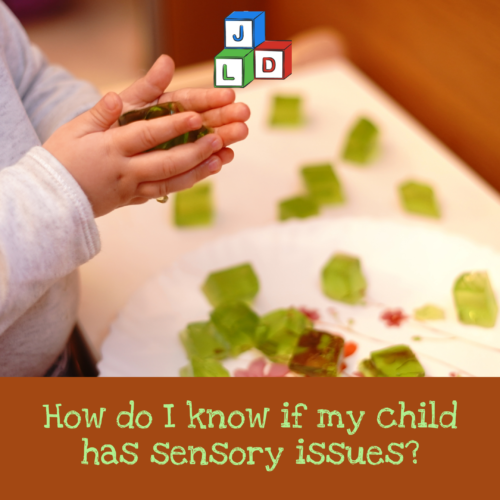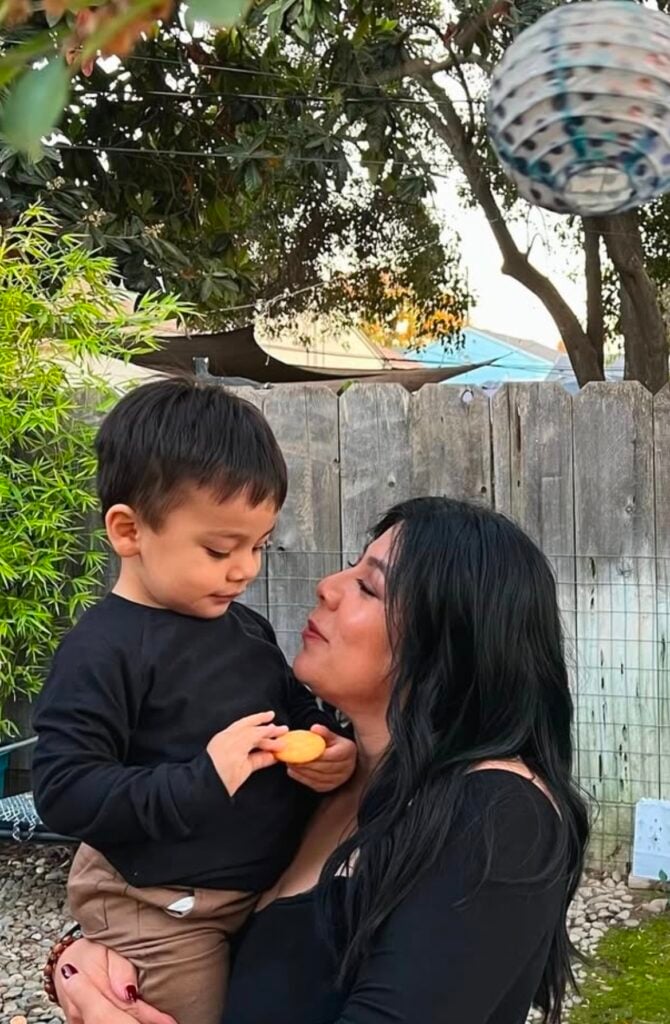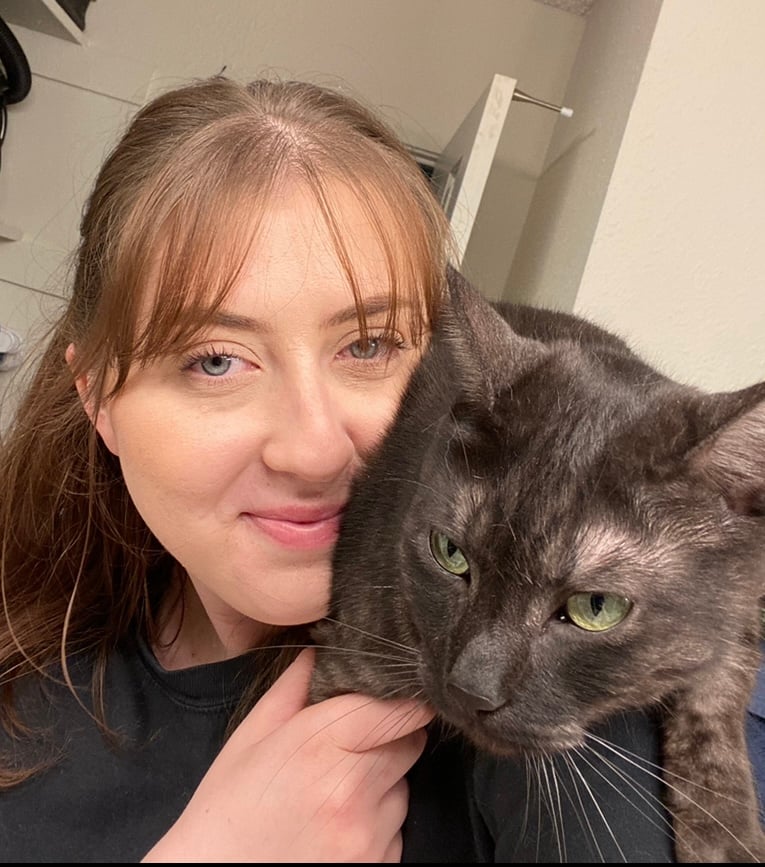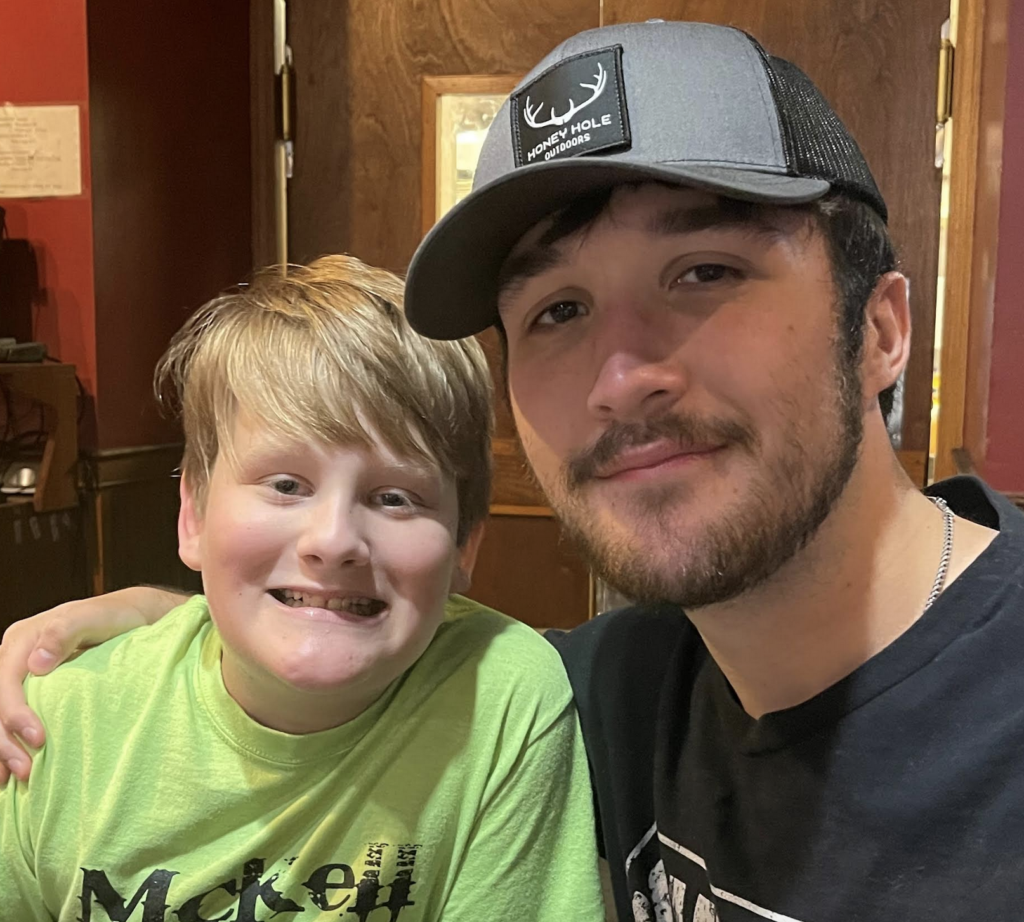
Who experiences sensory processing disorders (SPD)?
Did you know that 1 in 6 children experience sensory symptoms that interfere with daily life? Children with Sensory Processing Disorder (also called Sensory Integration Dysfunction) will be so severely affected by their sensory preferences that interferes with their normal life.
There are two main types of sensory processing disorders that children and adults experience. Sensory issues are usually defined as either:
- hypersensitivity (over-responsiveness)
- hyposensitivity (under-responsiveness)
Signs that your child has a sensory issue. (over-responsiveness):
Children who are hypersensitive are more easily affected by information from at least one of the senses. This means they can get easily overwhelmed by sensory experiences that might not seem like a big deal to others, which can lead to outbursts, meltdowns, or avoidance of certain tasks that might look a lot like anxiety or behavior problems. Here are a few ways hypersensitivity commonly shows up that might look like an emotional issue:
- Extremely picky eater
- Extreme response to or fear of sudden, high-pitched, loud, or metallic noises (flushing toilets, clanking silverware, etc.)
- May notice or be distracted by background noises that others don’t seem to hear
- Fearful of surprise touches
- Avoids hugs and cuddling even with familiar adults)
- Seems fearful of crowds
- Avoids standing in close proximity to others
- Doesn’t enjoy a game of tag
- Overly fearful of swings and playground equipment
- Extremely fearful of climbing or falling, even when there is no real danger
- Has poor balance and may fall often
Signs that your child has a sensory issue. (under-responsiveness):
A child who are hyposensitive react less strongly to sensory input than other people, meaning they often feel under stimulated and crave more sensory input. These children often engage in “sensory seeking” behavior, meaning they deliberately try to get more of the sensory experiences they lack. Sensory seeking can look a lot like aggression or hyperactivity, and it may be hard to figure out the root cause of a child’s behavior at first glance. Here are a few examples of hyposensitivity that might resemble emotional symptoms:
- A constant need to touch people or textures, even when it’s inappropriate to do so
- Doesn’t understand personal space when peers understand it
- Clumsy and uncoordinated movements
- Frequent chewing on objects, thumb-sucking, or nail-biting
- Extremely high pain tolerance
- Often harms other children and/or pets when playing (Lack of awareness of their own strength)
- Constantly moving and unable to sit still
- Enjoys movement-based play like spinning, jumping, (rough-and-tumble play)
- Seems to be a “thrill seeker” and can be dangerous at times
How can you help your child with a sensory issue?
If you suspect your child has issues with sensory processing, bring your child to pediatrician and school. Schools can help children to get evaluated for sensory processing issues for free. Teachers might also have good insight into your child’s behavior at school. Your pediatrician may recommend skills to try at home before reaching out to another professional for help.
If you do decide to get professional help for sensory issues, an occupational therapist can help. Occupational therapist (O.T) use an activity-based approach to help children better process sensory information and practice life skills. Kids often participate in occupational therapy in a “sensory gym”, and the process is a bit like play therapy in that it non-invasive and often fun for children. Through OT, kids learn exercises they can practice at home to get used to different sensory experiences.



































































































